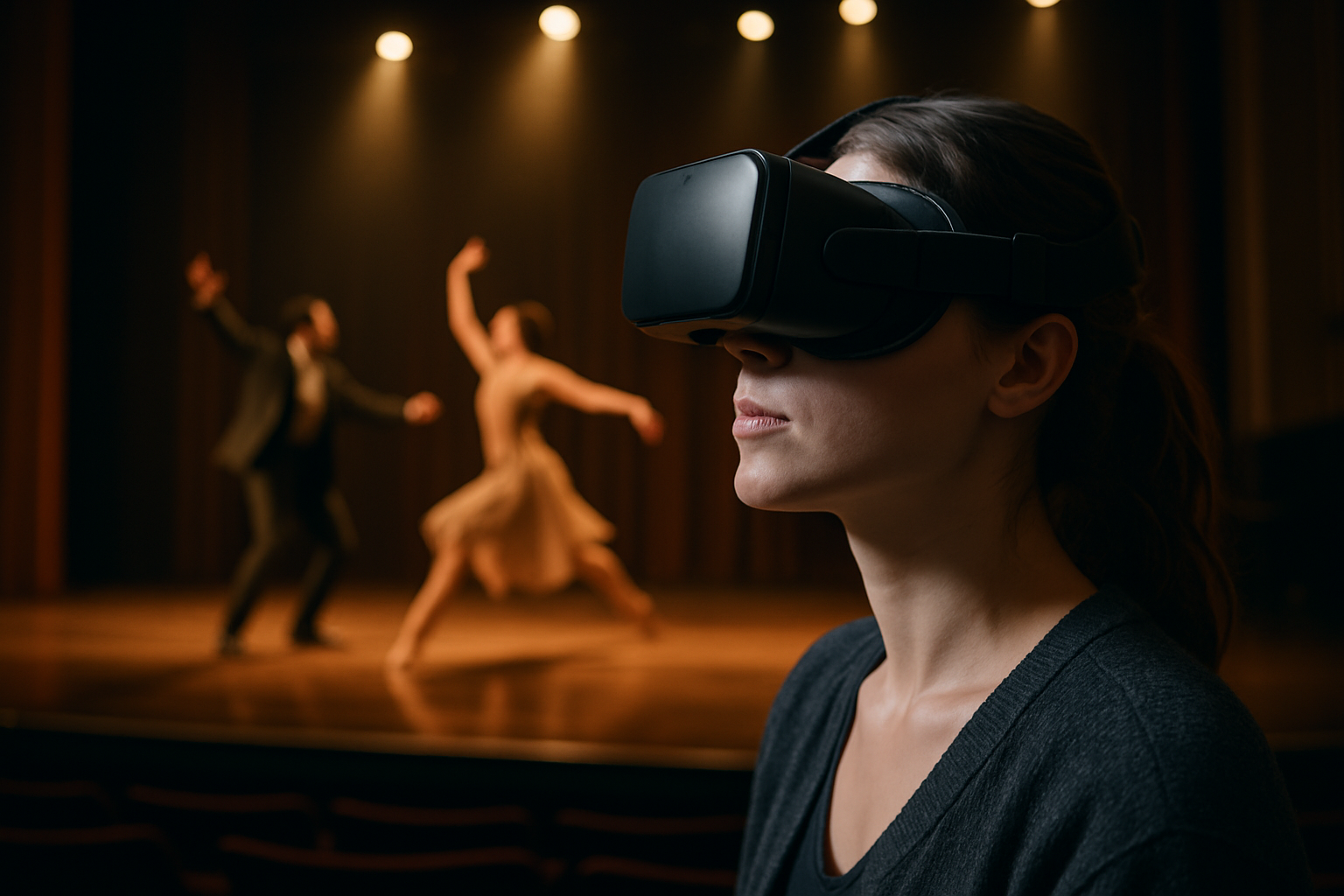Leveraging Short-Form Clips to Promote Long-Format Productions
Short-form video can bridge attention gaps and guide viewers toward long-format productions across theater, film, music, galleries, and touring events. This article outlines practical approaches for creating clips that highlight narrative, performance, and atmosphere while supporting ticketing and streaming goals.

Short-form clips are a versatile tool for promoting long-format productions, from stage plays and concerts to feature films and museum exhibitions. When crafted with intention, brief videos can showcase mood, introduce key moments, and make a clear connection between a fragment of an experience and the fuller work. Effective clips respect the integrity of the long-format production while optimizing for shareability, platform differences, and audience discovery.
Culture and audience engagement
Short clips can communicate cultural context and invite engagement without replacing the full experience. A sixty-second montage that situates a show within a cultural moment or theme can attract viewers who value context and curiosity. Use captions, short interviews with creators, or a concise behind-the-scenes glimpse to spark discussion on social platforms. Audience analytics from platforms help refine which cultural hooks resonate—focus on those that produce comments, saves, or ticket click-throughs rather than vanity metrics alone.
How can theater and performance use clips?
Theater companies can use short clips to highlight staging, emotional peaks, and cast charisma while preserving plot surprises. Share rehearsal snippets, key monologues trimmed to a moment, or technical elements like lighting and set changes to convey scale. Keep clips context-light so new viewers aren’t confused, and include a timestamped or pinned link to ticket pages or showtimes on streaming venues. For touring productions, localize clips with venue shots or audience reactions to encourage regional ticket purchases.
Using music and film clips effectively
For music and film, short-form clips should emphasize sonic hooks and visual motifs without infringing on rights. Excerpts that feature a compelling riff, chorus, or a visually striking cut can lead viewers to full-length tracks, albums, or screenings on streaming platforms. When using music for promotion, ensure licensing is cleared for each platform. For films, use micro-teasers that showcase tone and genre rather than plot, paired with metadata that points to where the feature can be viewed or reserved.
Short clips for streaming and touring promotion
Streaming services and touring schedules benefit from clear, time-sensitive clip strategies. Create platform-specific edits: vertical, punchy clips for mobile-first platforms; wider aspect ratios for web and email promotion. For touring shows, include location-specific overlays or voiceover mentions of cities and venues to drive local interest. Clips that direct audiences to ticketed events should feature a concise visual cue about availability—dates, venue names, or a short URL—while respecting platform constraints on promotional content.
Galleries, exhibitions and digital curation
Galleries and museums can use short videos to curate micro-experiences: a single artwork’s detail, a conservator at work, or a curator’s two-sentence insight. These clips function as invitations to see exhibitions in person or via virtual tours. For digital curation projects, create series-based clips that present an artwork thread or theme across multiple short posts, encouraging viewers to follow and explore the full exhibition on a dedicated microsite or streaming channel.
Designing immersive clips for venues
Immersive and site-specific work requires clips that convey scale and sensory elements without diminishing the live experience. Use ambient sound, close-ups of tactile surfaces, and quick transitions to hint at the immersive logic. When promoting immersive venues, present clips that emphasize flow—arrival, a key interaction, and an exit impression—so potential attendees understand the structure without spoiling surprises. Coordinate clip release timing with ticketing windows to maximize conversion.
Conclusion Short-form clips are a strategic complement to long-format productions when they are purposeful about what they reveal and how they route viewers to fuller experiences. By tailoring edits to platform norms, protecting narrative integrity, and aligning clips with ticketing or streaming pathways, producers and curators can increase visibility and foster meaningful engagement across culture, theater, music, film, galleries, and venues.





